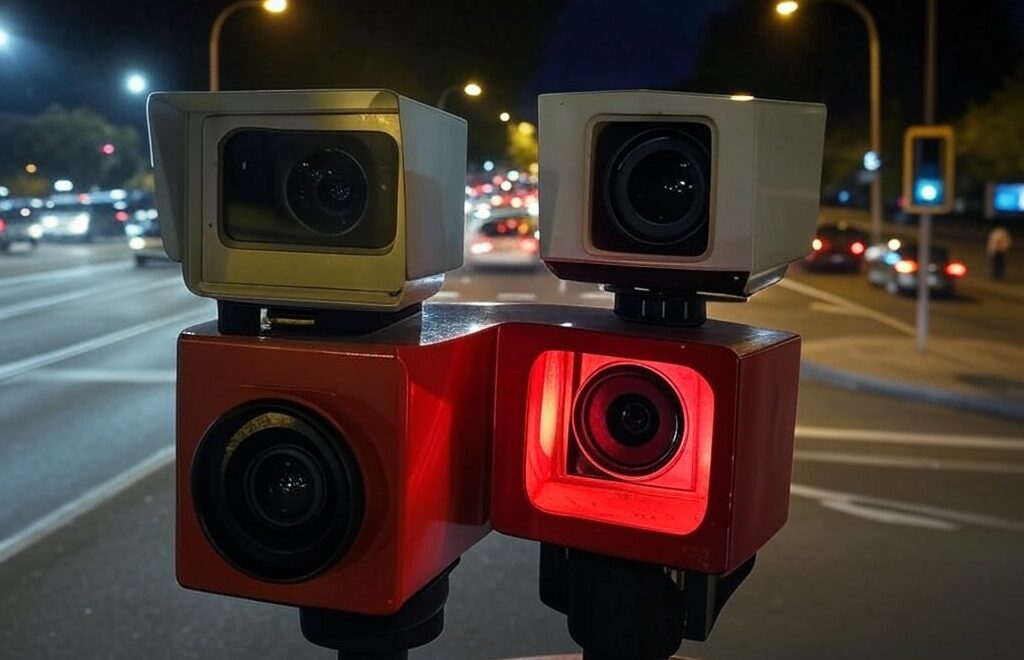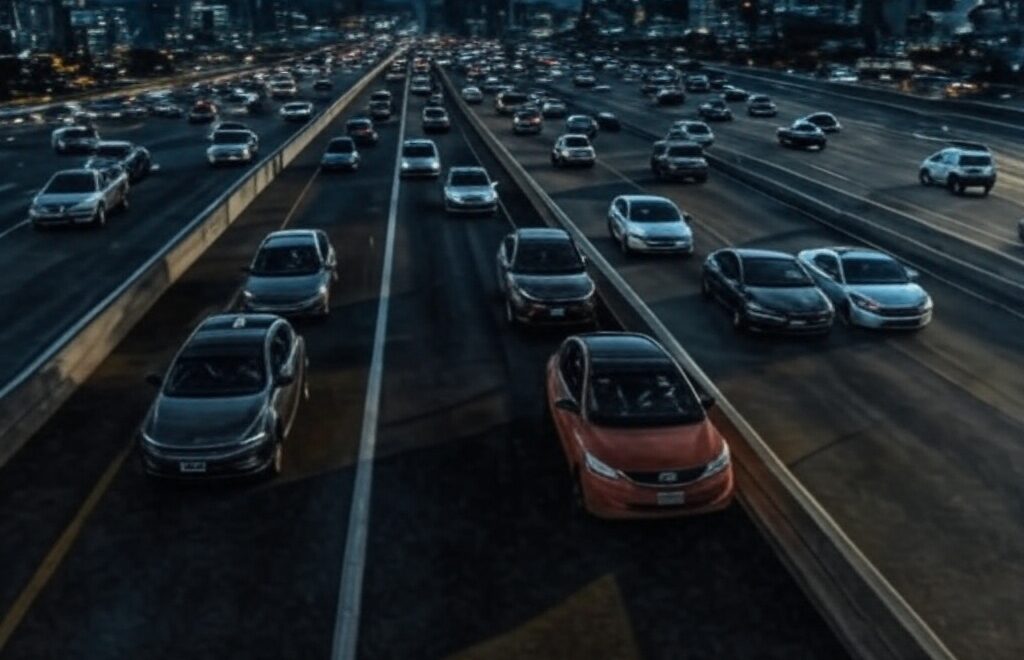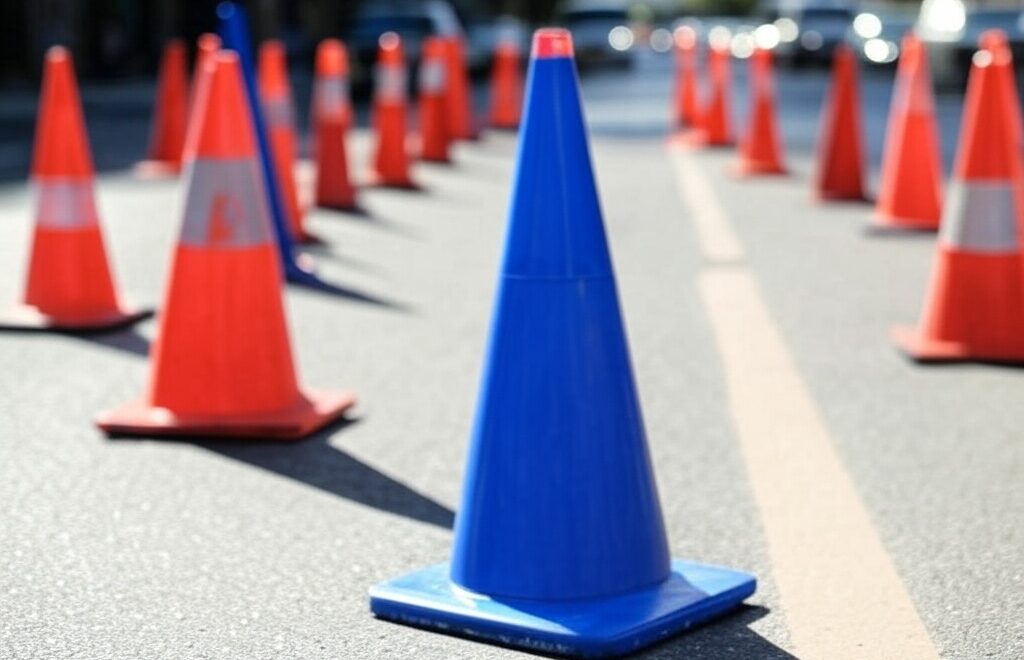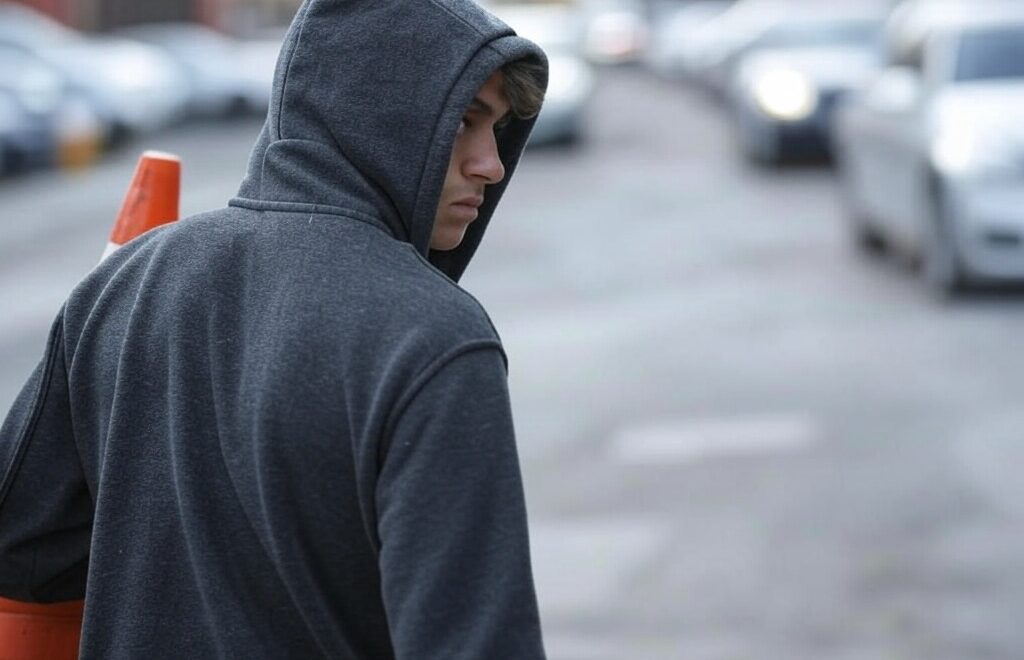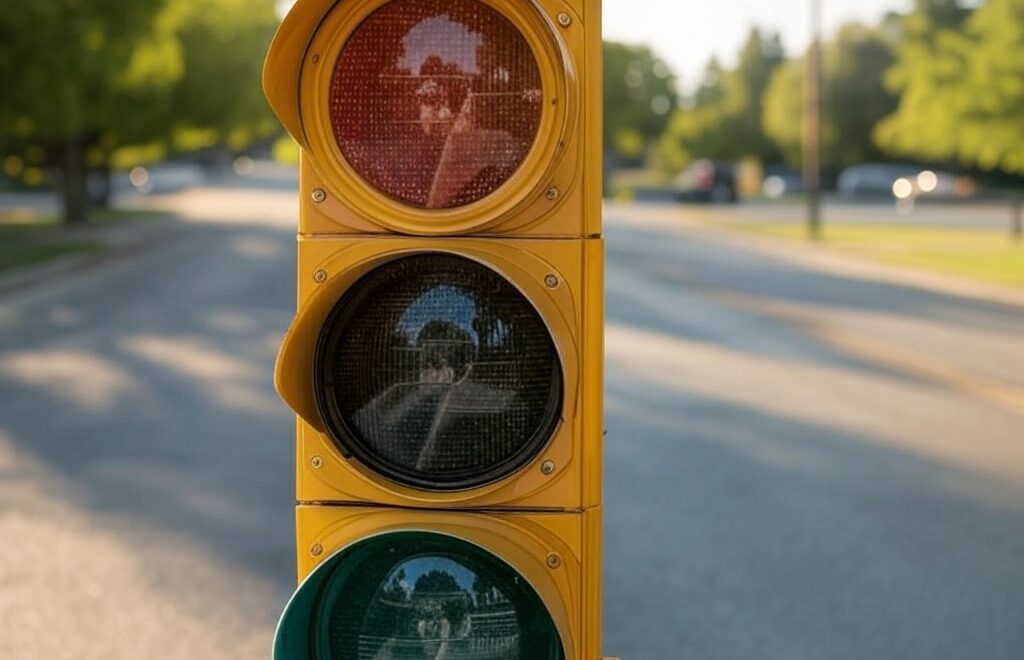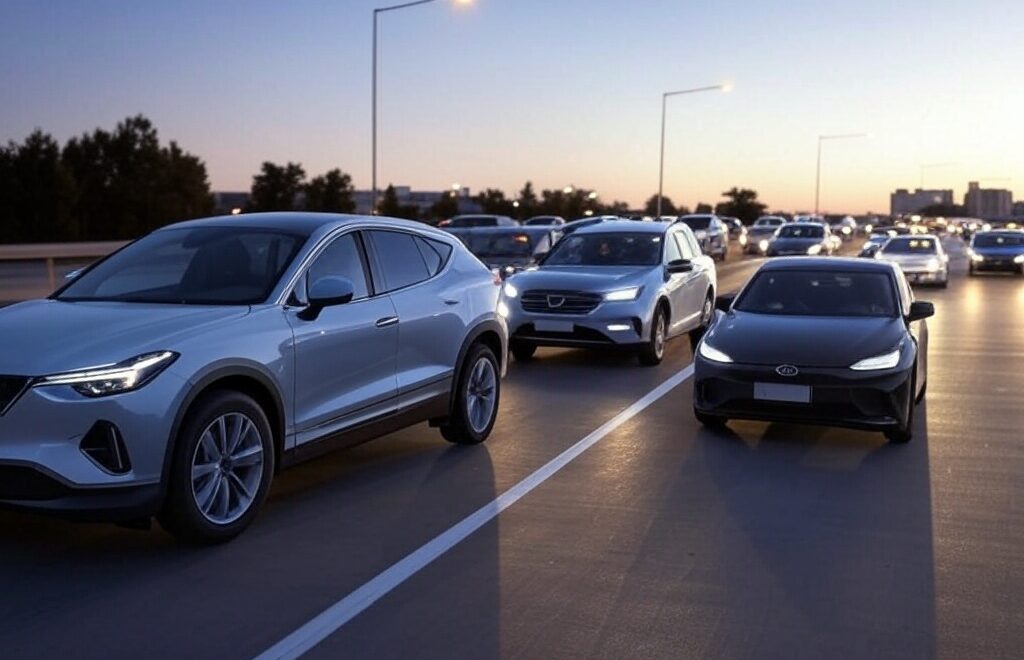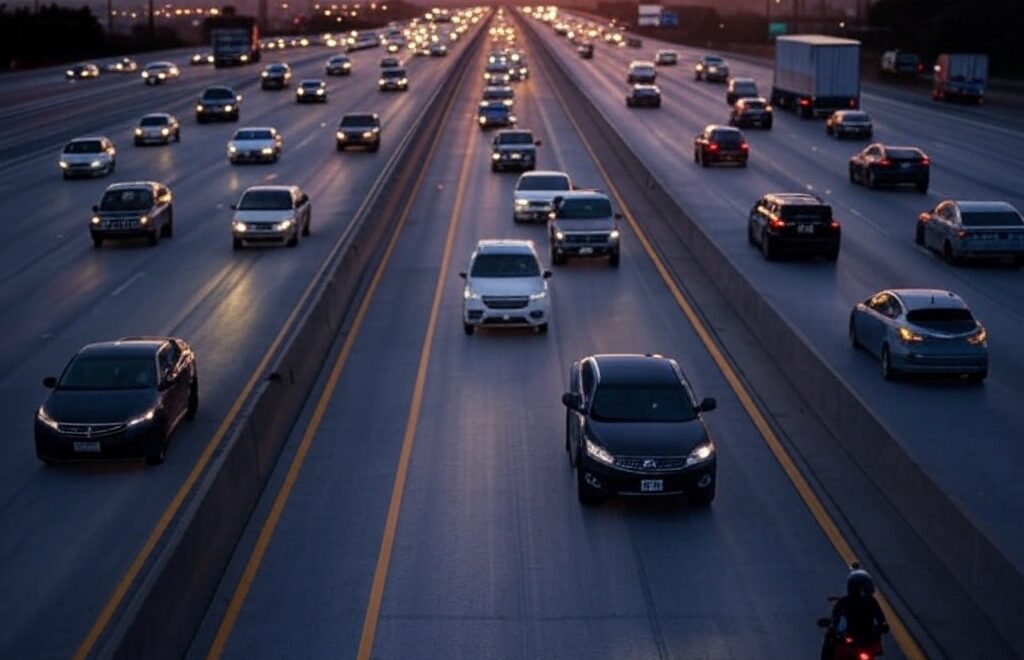The impact of automatic speed and red light cameras on safety
The Impact of Automatic Speed and Red Light Cameras: Safety, Revenue, and State Adoption
Published: March 31, 2025
Automatic speed ticket and red light cameras have become a fixture in traffic enforcement across the United States, sparking debates over their effectiveness, financial implications, and ethical considerations. These automated systems, designed to capture violations such as speeding and running red lights, aim to enhance road safety by deterring dangerous driving behaviors. However, their widespread use has also raised questions about whether they truly improve safety or primarily serve as revenue-generating tools for municipalities and states. This article explores the evidence behind their effectiveness, their financial impact, and provides a comprehensive overview of their adoption across the U.S.
Do They Work?
The primary justification for installing automatic speed and red light cameras is to reduce traffic accidents and save lives. Research offers a mixed but generally supportive picture of their effectiveness, particularly when it comes to specific types of crashes.
Red light cameras target one of the most dangerous violations: running red lights, which often leads to severe “T-bone” or right-angle collisions. Studies consistently show that these cameras reduce such incidents. For instance, a Virginia study found a 67% decrease in drivers running red lights at camera-equipped intersections. National data from the Insurance Institute for Highway Safety (IIHS) supports this, noting that red light cameras decrease severe collisions, with a 2021 estimate of 1,109 fatalities linked to red light running—half of whom were pedestrians, cyclists, or occupants of other vehicles. A systematic review published in the British Medical Journal further concluded that speed cameras reduce fatal and serious injury crashes by 11% to 44%, while the UK Department for Transport reported a 22% drop in personal injury collisions and 42% fewer deaths or serious injuries at camera sites.
Speed cameras, meanwhile, address another leading cause of traffic fatalities: speeding, which contributed to 12,151 deaths in the U.S. in 2022, according to the National Highway Traffic Safety Administration (NHTSA). Evidence suggests they are effective at slowing drivers down. A 2024 report from the Fines and Fees Justice Center acknowledged that speed cameras reduce collisions by 20% to 37%, particularly in high-risk areas like school zones and work zones. Signs warning of camera enforcement further amplify this effect, encouraging compliance without necessarily issuing tickets.
However, the picture isn’t universally positive. Red light cameras, while reducing angle crashes, often increase rear-end collisions as drivers brake abruptly to avoid fines. A Houston study from 2003-2014 found that while total crashes dropped slightly after cameras were installed, rear-end accidents rose, offsetting some safety gains. Critics argue that this trade-off muddies their overall impact on driver safety. Additionally, the long-term behavioral change is questionable—fines mailed weeks later lack the immediacy needed to consistently deter violations, unlike physical road design changes such as roundabouts or longer yellow light timings, which have proven more effective in places like Fairfax County, Virginia (96% reduction in violations after extending yellow lights by 1.5 seconds).
In short, automatic cameras work to reduce specific dangerous behaviors and crash types, but their net safety benefit depends on context, implementation, and complementary measures. They are not a panacea, and their effectiveness can be overstated when revenue motives overshadow safety priorities.
Do They Generate Meaningful Revenue?
Revenue generation is a lightning rod in the debate over automatic cameras. Proponents argue that fines fund safety programs, while critics contend they turn drivers into cash cows for governments and private companies.
The financial haul can be substantial. In Illinois, red light cameras collected over $1.56 billion from 2008 to 2023, with Chicago alone accounting for $915.5 million. Chicago’s 169 speed cameras added another $102 million in 2023 from 1.56 million tickets. Maryland’s work zone speed cameras issued 335,888 citations in fiscal year 2023, generating $9.7 million, with fines set to rise from $40 to $250 by 2025. New York City’s red light camera program, expanded in 2024 to cover 10% of intersections, has been a steady revenue stream since 1994, though exact figures vary by year. In California, Rancho Cordova saw red light camera revenue soar from $73,000 to $742,000 between 2012 and 2016 after installing four cameras.
Yet, “meaningful” revenue is relative. For states or large cities, these sums are often a small fraction of total budgets. Florida collected $52 million from red light cameras across 76 jurisdictions in 2013, but this pales against its $100 billion-plus state budget. Texas, before banning red light cameras in 2019, directed excess revenue to trauma centers and transportation, suggesting a public benefit beyond profit. Conversely, smaller municipalities can become heavily reliant on camera income—Bedford Park, Illinois, issued 23 tickets per resident in 2022, raking in $8.3 million since 2008. Critics highlight cases like Crestwood, Illinois, where eight cameras in a town of 10,000 generated $13 million since 2016, pointing to a disproportionate burden on drivers.
Private companies like American Traffic Solutions (now Verra Mobility) and Redflex, often contracted to operate these systems, take a significant cut—sometimes up to 86% of profits, as noted in Arizona. This profit motive has fueled accusations of corruption, such as in Chicago, where a former official was jailed for bribery tied to camera contracts, or Oakbrook Terrace, where the ex-mayor admitted to kickbacks. Lockheed Martin’s contracts once prohibited cities like San Diego from adjusting yellow light times to maintain ticket flows, further stoking skepticism about safety-first claims.
While cameras undeniably generate revenue, their “meaningfulness” varies by jurisdiction. For some, it’s a vital funding source; for others, it’s a drop in the bucket overshadowed by ethical concerns and public backlash.
State Adoption of Automatic Cameras
The use of speed and red light cameras varies widely across the U.S., shaped by state laws, public opinion, and legislative trends. Below is a table detailing which states permit, restrict, or ban these systems as of March 31, 2025, based on available data and recent legislative updates.
| State | Red Light Cameras | Speed Cameras | Notes |
|---|---|---|---|
| Alabama | Permitted | Permitted | Used in cities like Birmingham, Montgomery; no statewide ban. |
| Alaska | No specific law | No specific law | Rarely used; no clear authorization or prohibition. |
| Arizona | Banned | Banned | Statewide ban on photo enforcement since 2011. |
| Arkansas | No specific law | No specific law | Rarely used; no clear authorization or prohibition. |
| California | Permitted | Permitted | Expanded speed camera pilot in 2023 for safety corridors (e.g., LA, SF). |
| Colorado | Permitted | Permitted | Local option; Denver uses both. |
| Connecticut | Permitted | Permitted | Added noise cameras in 2024; red light/speed cameras in select areas. |
| Delaware | Permitted | Permitted | Used in Wilmington and other locales. |
| Florida | Permitted | Permitted | Red light cameras widespread; speed cameras in school zones. |
| Georgia | Permitted | Permitted | Local discretion; Atlanta uses both. |
| Hawaii | No specific law | No specific law | Limited use; no statewide policy. |
| Idaho | No specific law | No specific law | Rarely used; no clear authorization. |
| Illinois | Permitted | Permitted | Chicago leads with extensive red light and speed camera networks. |
| Indiana | No specific law | No specific law | Minimal use; no statewide endorsement. |
| Iowa | Permitted w/ permit | Permitted w/ permit | 2024 law requires DOT approval; bans mobile cameras in small towns. |
| Kansas | No specific law | No specific law | Rarely used; no clear policy. |
| Kentucky | No specific law | No specific law | Limited adoption; no statewide support. |
| Louisiana | Permitted | Restricted | Reversed speed camera use on Atchafalaya Bridge in 2024. |
| Maine | Banned | Banned | Statewide prohibition on automated enforcement. |
| Maryland | Permitted | Permitted | Work zone speed cameras widespread; fines increasing in 2025. |
| Massachusetts | No specific law | No specific law | Limited use; no statewide authorization. |
| Michigan | Banned | Permitted (work zones) | 2024 bills allow speed cameras in work zones only. |
| Minnesota | Permitted (limited) | Permitted (limited) | Allowed in Minneapolis and Mendota Heights work zones as of 2025. |
| Mississippi | Banned | Banned | Statewide ban on traffic cameras. |
| Missouri | Permitted | Permitted | Local use (e.g., St. Louis); no statewide ban. |
| Montana | Banned | Banned | Red light cameras banned since 2009; speed cameras not authorized. |
| Nebraska | No specific law | No specific law | Rarely used; no clear policy. |
| Nevada | Permitted (handheld) | Permitted (handheld) | No automated ticketing; cameras must be officer-operated. |
| New Hampshire | Banned | Banned | Statewide prohibition on automated enforcement. |
| New Jersey | Banned | Banned | 2024 “Camera Enforcement Inoculation Act” limits out-of-state fines. |
| New Mexico | Permitted | Permitted | Local option; Albuquerque uses both. |
| New York | Permitted | Permitted | NYC expanded red light cameras in 2024; speed cameras in school zones. |
| North Carolina | Permitted | Permitted | Local discretion; Raleigh and others use cameras. |
| North Dakota | No specific law | No specific law | Minimal use; no statewide policy. |
| Ohio | Permitted | Permitted | Local use; some restrictions on mobile speed cameras. |
| Oklahoma | Banned | Banned | 2023 bill prohibits red light cameras; no speed camera use. |
| Oregon | Permitted | Permitted | Portland expanded photo radar in 2023; relaxed police review rules. |
| Pennsylvania | Permitted | Permitted | Philadelphia uses red light cameras; speed cameras in work zones. |
| Rhode Island | Permitted | Permitted | Providence and others use both types. |
| South Carolina | Banned | Banned | Statewide ban on automated traffic enforcement. |
| South Dakota | Banned | Banned | Limits sharing driver info for out-of-state camera fines. |
| Tennessee | Permitted | Permitted | Local option; Nashville uses both. |
| Texas | Banned | Permitted (school zones) | Red light cameras banned in 2019; speed cameras limited to school zones. |
| Utah | Banned | Banned | Statewide prohibition on automated enforcement. |
| Vermont | Permitted | Permitted | Speed cameras allowed on I-89 and I-91 work zones as of 2025. |
| Virginia | Permitted | Permitted | Local option; reversed ban in 2007 for cities over 10,000. |
| Washington | Permitted | Permitted | Speed cameras in school/park zones; expanded in 2024. |
| West Virginia | Banned | Banned | Statewide ban on traffic cameras. |
| Wisconsin | Banned | Banned | Statewide prohibition on automated enforcement. |
| Wyoming | No specific law | No specific law | Rarely used; no clear authorization. |
Note: “Permitted” indicates state law allows local jurisdictions to use cameras, though adoption varies. “Banned” means a statewide prohibition exists. “No specific law” suggests no clear authorization or ban, often resulting in minimal use. Data reflects trends up to March 31, 2025, based on legislative updates from sources like GHSA, IIHS, and Land Line.
Conclusion
Automatic speed and red light cameras demonstrably reduce certain crashes—red light running and speeding-related incidents—saving lives in targeted scenarios. However, their safety benefits are tempered by increases in rear-end collisions and a reliance on fines that may not sustainably change behavior. Revenue generation is real and significant, especially for smaller municipalities, but it often comes with accusations of profiteering and inequity, disproportionately burdening low-income drivers. State adoption reflects this tension, with a patchwork of policies driven by safety goals, fiscal needs, and public resistance. Ultimately, while cameras can be part of a safety toolkit, engineering solutions like better road design may offer a more equitable and enduring path to safer streets.

